You’ll master jewelry 3D printing with three essential techniques: parametric design, organic modeling, and strategic support structures. Parametric design uses adjustable algorithms in software like Grasshopper, allowing instant model updates when you modify parameters for rapid customization. Organic modeling through Blender or ZBrush captures natural textures and forms with lifelike surfaces. Strategic support implementation guarantees delicate designs print successfully while minimizing material waste. These techniques open up unlimited creative possibilities and transform your approach to custom jewelry manufacturing.
Parametric Design for Customizable Jewelry Components
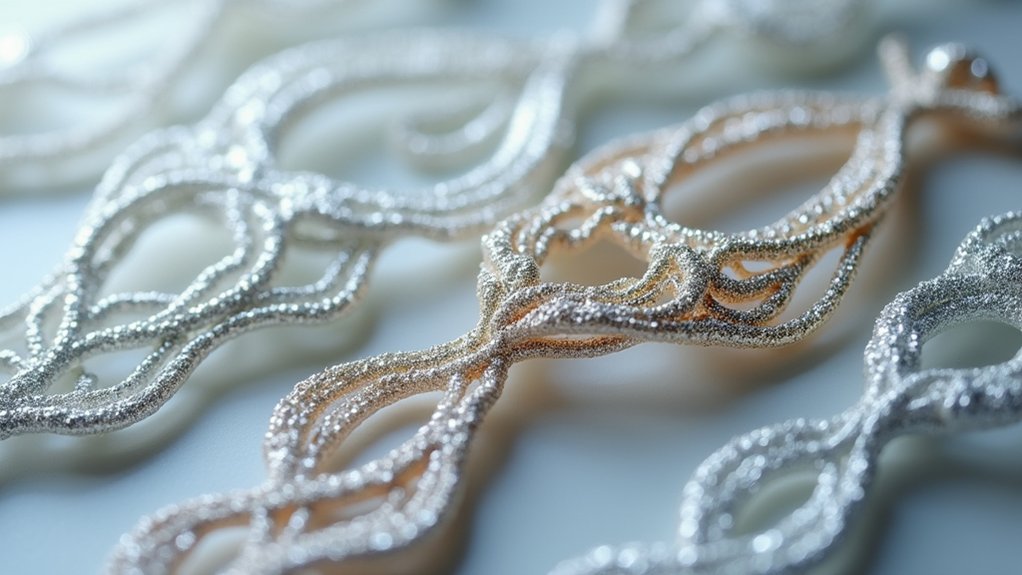
When you’re designing jewelry for 3D printing, parametric design transforms how you approach customization by allowing you to create components with adjustable parameters that automatically update your entire model.
You’ll leverage algorithms in software like Rhino or Grasshopper, where modifying a single parameter instantly adjusts size, shape, and intricate details across your customizable jewelry pieces.
This technique enables you to generate multiple design variations quickly, supporting rapid prototyping and faster customer response times. You can explore complex geometries and patterns that traditional methods can’t achieve, enhancing your creative possibilities.
Additionally, you’ll easily integrate functional elements like hinges or clasps into your jewelry designs without compromising aesthetics or comfort, ensuring your 3D printed pieces remain both beautiful and practical.
Organic Modeling Techniques for Natural Forms and Textures
Beyond parametric precision lies the artistry of organic modeling, where you’ll sculpt flowing, natural forms that capture the essence of living structures in your jewelry designs.
You can harness CAD software like Blender or ZBrush to create intricate flora and fauna-inspired pieces that enhance aesthetic appeal. These organic modeling techniques let you replicate fine textures through specialized sculpting tools, achieving lifelike surfaces resembling leaves or animal fur.
While parametric design guarantees scalability, subdivision surface modeling adds smoothness and fluidity to your organic shapes.
Strategic Support Structure Implementation for Delicate Designs
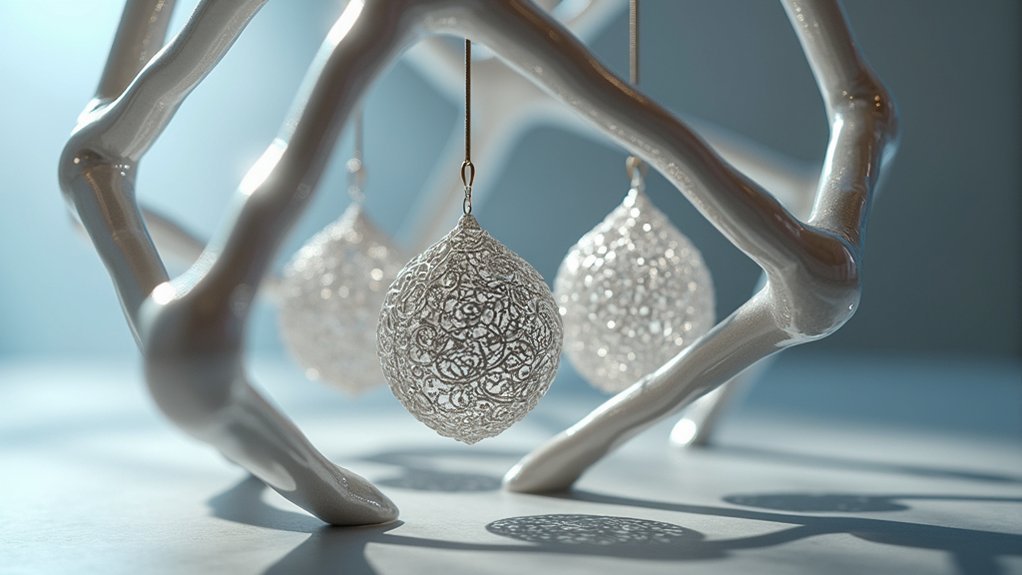
While organic forms captivate with their flowing beauty, your delicate designs require strategic support structures to survive the printing process intact. You’ll need to implement lattice or tree-like supports that minimize material usage while providing stability for intricate features lacking self-support.
| Support Type | Best Application | Removal Difficulty |
|---|---|---|
| Tree-like | Overhangs & bridges | Easy |
| Lattice | Complex geometries | Moderate |
| Solid | Heavy sections | Difficult |
| Minimal | Simple overhangs | Very Easy |
Consider your model orientation carefully—it directly impacts support effectiveness and surface finish quality. Position supports in less visible areas to reduce post-processing needs. Modern CAD and slicing software automatically generates optimized support structures tailored to your specific jewelry geometries, ensuring successful 3D printing of even the most delicate designs.
Frequently Asked Questions
How to Use 3D Printing for Jewelry?
You’ll start by learning CAD software to design intricate models. Choose appropriate printing technology like SLA for detail, select suitable materials, then apply post-processing techniques including sanding and polishing for professional results.
What Is the Strongest Pattern for 3D Printing?
You’ll find honeycomb structures offer the strongest patterns for 3D printing. They provide excellent strength-to-weight ratios while using minimal material, making them ideal for creating durable parts that resist stress and breakage effectively.
What Is the Most Accurate Method of 3D Printing?
You’ll find Stereolithography (SLA) delivers the most accurate 3D printing results with 25-micron layer precision. It uses lasers to cure liquid resin layer-by-layer, creating incredibly detailed prints that surpass other methods’ capabilities.
Can PLA Be Used for Jewelry?
You can use PLA for lightweight decorative jewelry like pendants and earrings. It’s easy to work with and comes in various colors, but it’s not durable enough for everyday wear items.
In Summary
You’ll transform your jewelry 3D printing results by mastering these three essential techniques. Parametric design lets you create customizable pieces that adapt to any client’s needs, while organic modeling brings natural beauty to your designs. Don’t overlook strategic support structures—they’re vital for printing delicate details successfully. Start implementing these methods today, and you’ll see immediate improvements in both design quality and printing success rates for your jewelry projects.

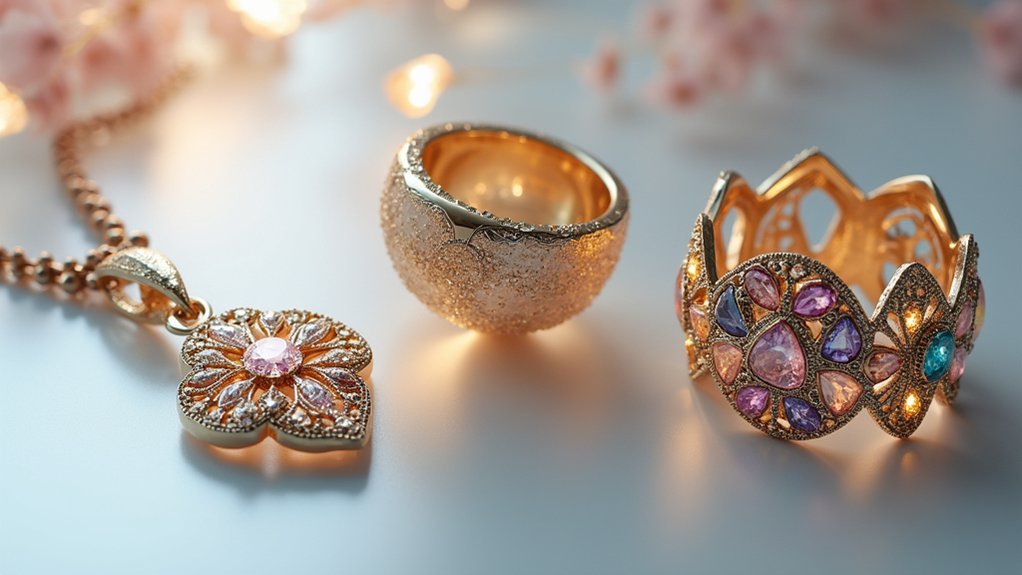
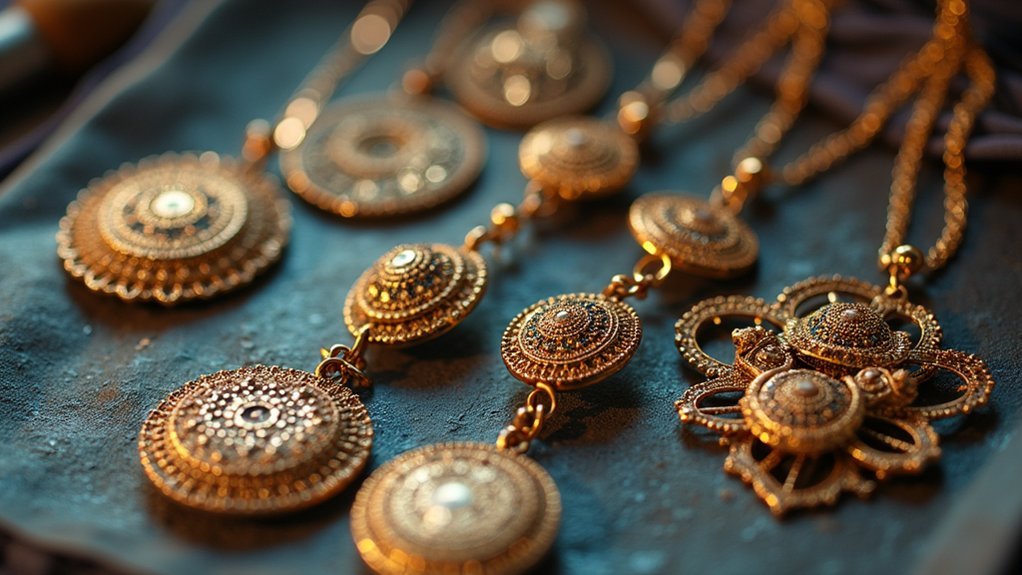
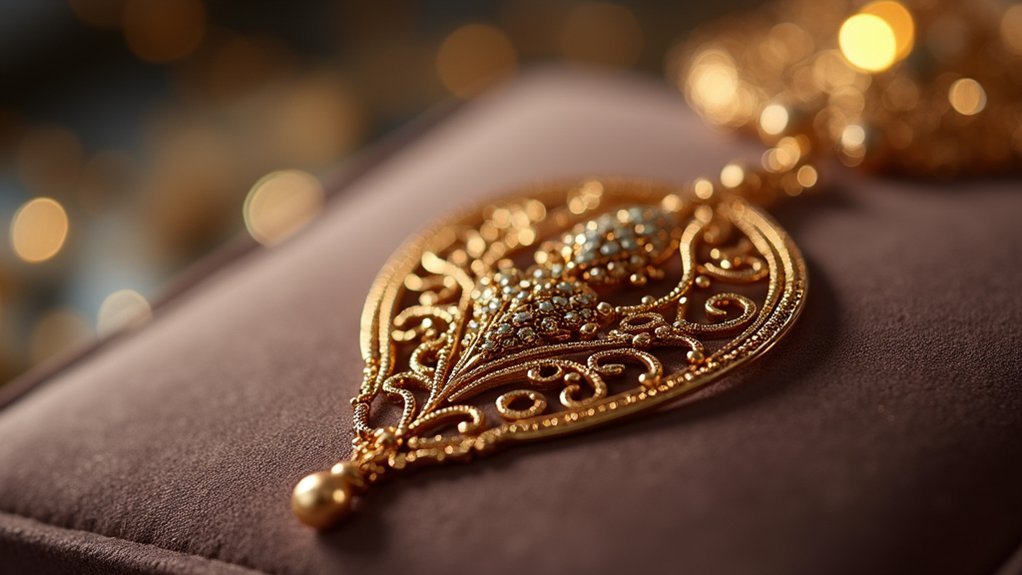

Leave a Reply